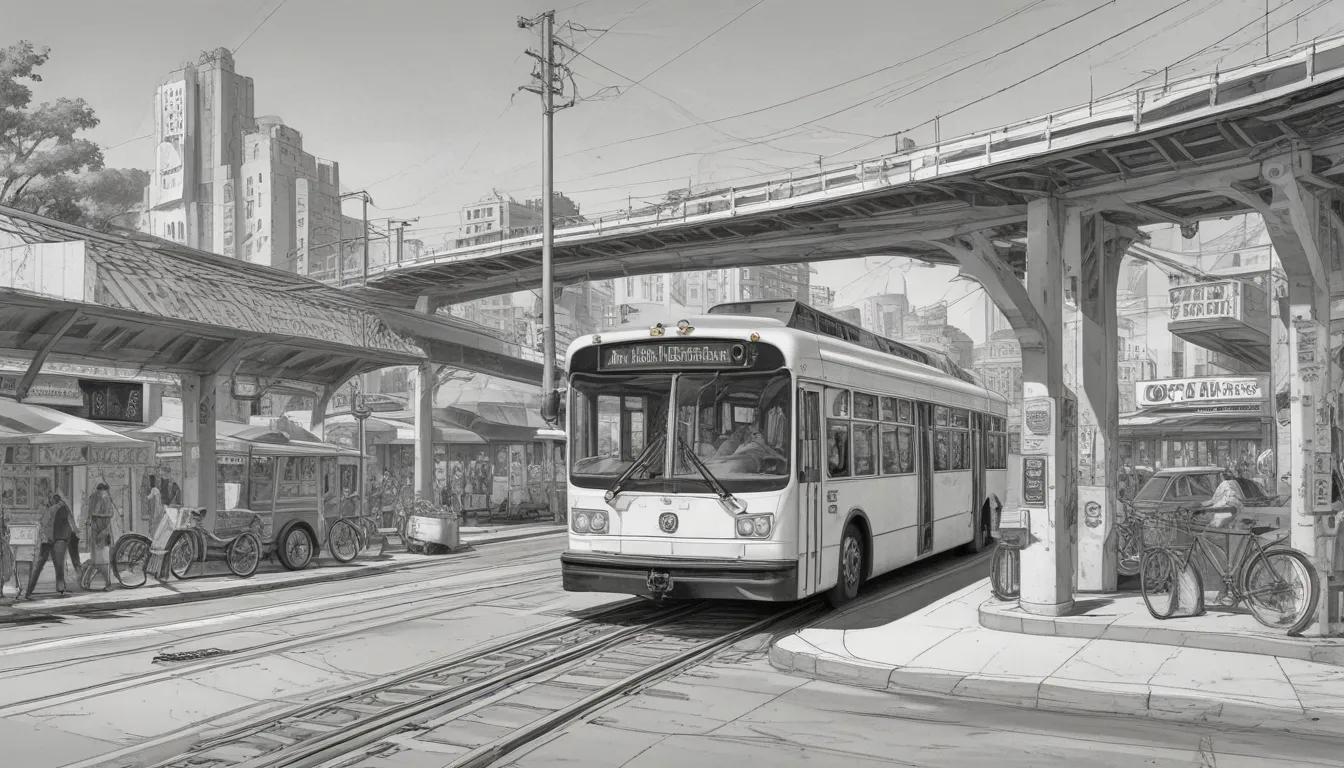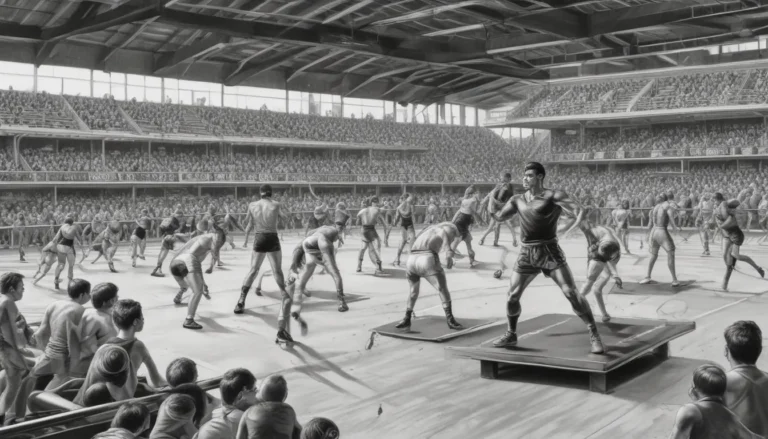The images in our articles are for illustrative purposes only and may not exactly match the content. They are intended to capture your interest and complement the text, not to replace it.
Welcome to Norwalk, California, a city in Los Angeles County known for its rich tapestry of transportation and infrastructure. From well-connected roadways to efficient public transit systems, Norwalk is a hub of mobility and connectivity. Join us as we delve into the fascinating realm of transportation and infrastructure in Norwalk, uncovering compelling facts that highlight the city’s commitment to seamless mobility and sustainable development. Let’s explore the eight intriguing facts that shed light on the dynamic transportation landscape and robust infrastructure that form the backbone of Norwalk, California.
Key Takeaways:
- Norwalk, California is a transportation hub with the 5 and 605 Freeways intersecting, making it crucial for commuters and travelers, and offering convenient public transit options.
- The city is committed to sustainable transportation and infrastructure improvements, providing well-maintained parks and recreational facilities for residents, contributing to a vibrant and connected community.
The Intersection of the 5 and 605 Freeways
Norwalk is a pivotal point where the 5 and 605 Freeways intersect, making it a crucial hub for commuters and travelers alike. This strategic location contributes to the city’s significance in the regional transportation network.
Convenient Public Transportation Options
The Norwalk Transit System offers a range of convenient public transportation options, including fixed-route and paratransit services. This vital system plays a key role in enhancing mobility for residents and visitors within the city.
The Norwalk/Santa Fe Springs Metrolink Station
Norwalk boasts the Norwalk/Santa Fe Springs Metrolink Station, providing commuter rail service that connects the city to various destinations across Southern California. This station serves as a vital link in the regional rail network.
The I-5 Corridor Improvement Project
The I-5 Corridor Improvement Project aims to enhance transportation infrastructure along the I-5 Freeway. This initiative underscores the commitment to improving connectivity and mobility for residents and businesses in Norwalk.
Part of the Los Angeles County Metropolitan Transportation Authority (Metro) System
Norwalk benefits from access to an extensive network of bus and rail services as part of the Los Angeles County Metropolitan Transportation Authority (Metro) system. This integration into the larger Metro system contributes to the city’s overall transportation connectivity.
The Norwalk Boulevard Improvement Project
The Norwalk Boulevard Improvement Project is a significant endeavor aimed at enhancing roadway infrastructure within the city. This initiative underscores the ongoing efforts to improve roadways and ensure safe and efficient travel for all road users.
Commitment to Sustainable Transportation Initiatives
Norwalk demonstrates a commitment to sustainable transportation initiatives, including efforts to promote walking, cycling, and other alternative modes of transportation. These initiatives align with broader goals of enhancing environmental sustainability and reducing traffic congestion.
Well-Maintained Parks and Recreational Facilities
Norwalk’s infrastructure encompasses a network of well-maintained parks and recreational facilities, providing residents with valuable spaces for leisure, exercise, and community engagement. These amenities contribute to the overall quality of life in the city.
Norwalk, California, stands as a testament to the importance of robust transportation and infrastructure in fostering a vibrant and connected community. With its strategic freeway intersections, public transit options, and ongoing infrastructure improvements, the city continues to prioritize mobility and accessibility for its residents and visitors. As Norwalk remains an integral part of the regional transportation network, its commitment to sustainable initiatives and infrastructure enhancements underscores a forward-looking approach to meeting the evolving needs of a dynamic urban environment.
Conclusion
Norwalk, California, boasts a rich tapestry of transportation and infrastructure, reflecting its commitment to connectivity and progress. From its well-maintained roadways and efficient public transit system to its forward-thinking infrastructure projects, Norwalk stands as a testament to the city’s dedication to enhancing the lives of its residents and visitors. The city’s strategic location and robust transportation network make it a hub of activity, fostering economic growth and community development. As Norwalk continues to evolve, its transportation and infrastructure will undoubtedly play a pivotal role in shaping its future.
FAQs
- What are the major transportation options available in Norwalk?
-
Norwalk offers a range of transportation options, including a well-connected road network, public transit services, and convenient access to major freeways, providing residents and visitors with diverse commuting choices.
-
How does Norwalk’s infrastructure support the city’s growth and development?
- Norwalk’s infrastructure, including ongoing improvement projects and sustainable initiatives, plays a crucial role in facilitating the city’s growth and development, ensuring a resilient and vibrant urban environment for its community.






